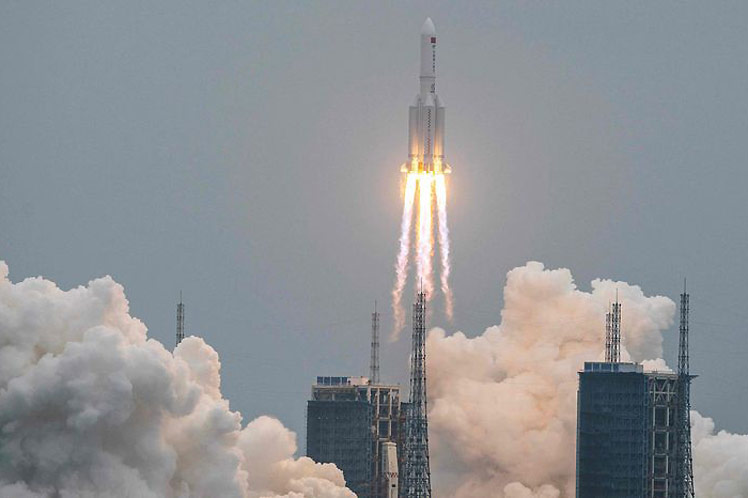The rocket was launched from the island province of Hainan after a week of final adjustments and tests to ensure compliance with each step.
President Xi Jinping welcomed the event, considering that it lays a solid foundation for the following tasks and also paves the way for China’s self-sufficiency in space.
China plans to complete the construction of the station by the end of 2022, but will send at least 10 missions to train in the assembly and construction in orbit of complex and large spacecraft, as well as in conducting long-duration manned flights near Earth and large-scale experiments.
The facility will be able to guarantee the stay of three astronauts up to a maximum period of 33 days and will have renewable life support systems.
For example, the water vapor exhaled by the crew will be recovered by condensation, while the urine will be recycled and purified to later be used as potable, running water.
The station will operate in low Earth orbit at an altitude of between 340 and 450 kilometers, and has an expected shelf life of 10 years. However, experts believe that it will be able to last more than 15 years with proper maintenance and repairs.
ef/llp/msm/ymr










